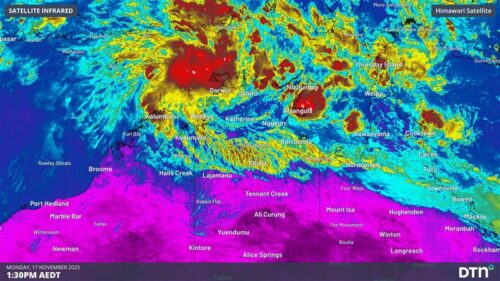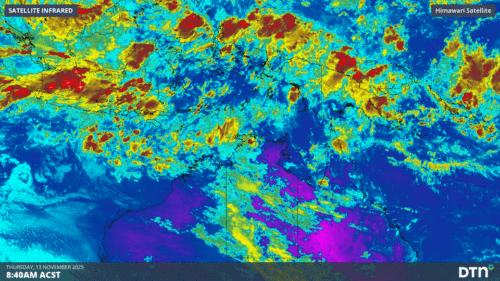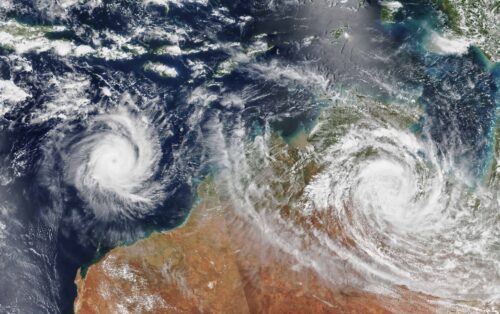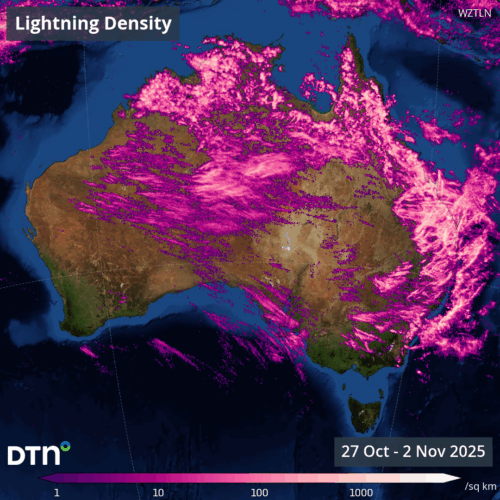Our development team have been working hard on the latest set of upgrades to our industry leading forecast model, Opticast. We are in the final stages of testing and keen to share some of the key enhancements.
What is Opticast?
Weatherzone’s Opticast is an industry leading high-precision forecast system, optimised for both “real-time nowcasting” as well as up to 15 days.
It is one of the most trustworthy forecasts available in the Australian market today and has been independently verified to significantly outperform other models.
Opticast V4 is our current version of the model, and these forecasts are updated hourly based on real time observations, and the latest guidance from a suite of Numerical Weather Prediction models.
So, Opticast V4 is already an industry leader, why did you develop Opticast V5?
Weatherzone’s mantra is to continually strive for accuracy, improvements and innovation. We wanted to ensure our clients are provided with the best possible forecasts and data, driven by the latest technology and science.
Accurate and timely forecasts are essential to our clients in making informed decisions in high-risk situations.
Our forecast development team has worked with our clients to identify areas in which the Opticast V4 could be improved. Our team has worked hard, tested and applied these improvements into the new Opticast V5 system.
“Opticast is an industry leader amongst other weather forecast providers. However, there is always new science, infrastructure and research which we can apply and test to improve the system. We have a passion to provide the best model to our clients and meteorologists,” our Head of Forecast Systems said.
Improvements in Opticast V5 compared to V4.
- An increase of 5-10% accuracy on average on temperature and wind forecasts across the NEM (figure 1).
- Opticast V5 forecasts updates half hourly, while Opticast V4 updates hourly.
- Energy locations updates every 5 minutes with Opticast V5, while Opticast V4 is updated half hourly.
- Opticast V5 will ingest 1-minute observations into model rather than 10 minutes observations in Opticast V4.
- Utilises an ensemble of NWP model’s and allow forecasts to update continuously at the pace of the input data.
- It works off the latest technology, science and infrastructure, making it easy to make improvements in the future.
- Improvement in forecasting temperature and wind extremes.
- Opticast V5 uses analogue days and recognises similar weather patterns. It uses this knowledge to learn biases in forecast. Improves accuracy.

When to expect Opticast V5?
Our development team is working hard on this and are doing final testing and verification. Therefore, Opticast V5 will be deployeid in the next month or two.
Will Opticast V5 drive future developments and improvements?
Of course, at Weatherzone we will continually be making improvements and adaptations to the Opticast system in the future. In fact, Opticast V5 will provide the foundations of our next generation renewables wind forecasting system.
This will be coming next year and will provide detailed information about wind generation to wind farms and market operators around the world.
There is more information to come, however feel free to contact us at apac.sales@dtn.com.





